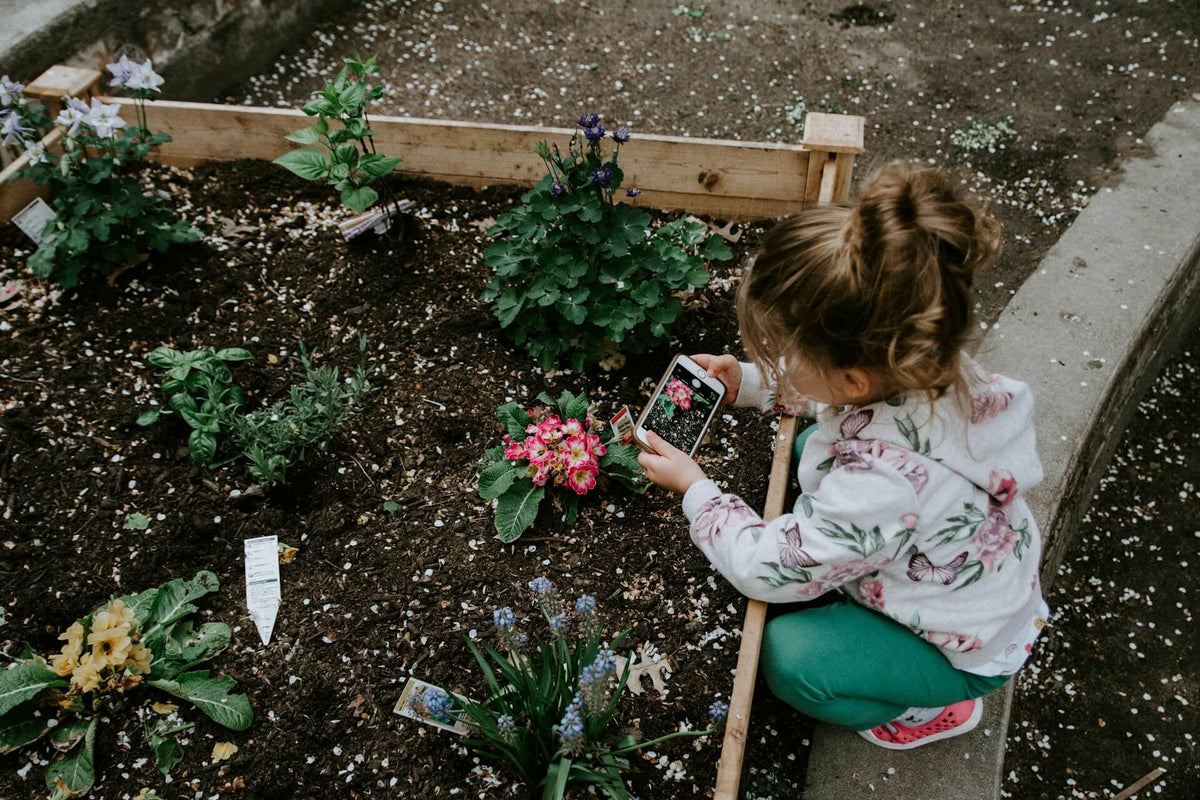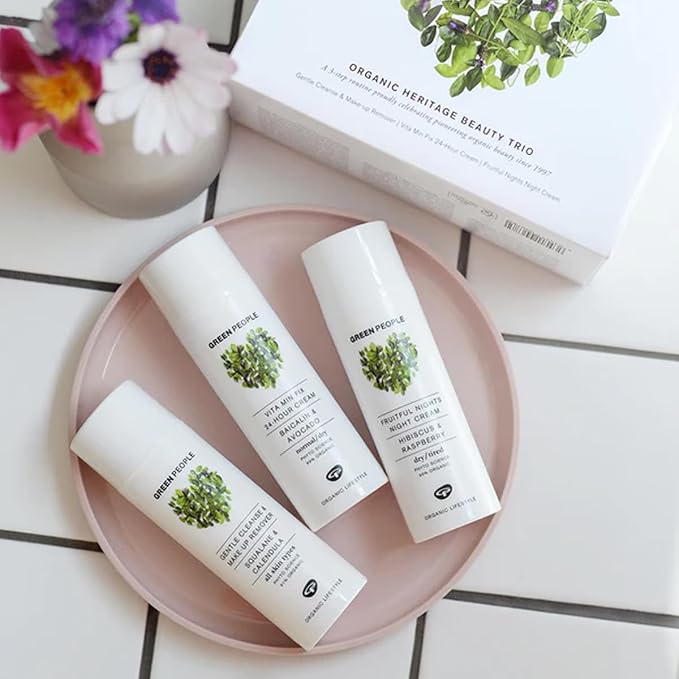First-time visitors to Georgia often want a clear, stress-free introduction that balances culture, nature and everyday comfort. Many begin in Tbilisi, where the airport sits close to the city centre and the compact Old Town allows easy walking between the sulphur baths, Narikala cable car and riverside viewpoints. Sustainable travel here means choosing walkable routes, local cafés and small hotels that support the community. Short trips to Mtskheta add historical depth without long drives, while Kakheti introduces wine traditions through slower, guided visits that reduce unnecessary transport. Some travellers combine Tbilisi with Batumi, using efficient internal travel rather than multiple flights. At Friendly Turtle EcoBlog, we encourage first-time visitors to travel Georgia responsibly by pacing itineraries, staying in family-run guesthouses, joining small-group tours and respecting local ecosystems. These mindful choices help reduce environmental impact while still offering a rich, authentic experience of Georgia’s cities, landscapes and traditions.
Share your articles with us and get published! Reach out at hello@friendlyturtle.com.
Creating Biodiverse Outdoor Spaces: Tips for a Sustainable Landscape

A garden teeming with life feels like a dream. But it can be a reality! Encourage diversity in your yard with a few simple techniques. It could be as simple as adding native plants that can attract birds to your property. Or if you want something more elaborate, building a pond can do the trick. Whatever you do, the goal is to make your space more sustainable. Thus, it will be better for the environment.
Add Water Features
Ponds, streams, and fountains turn outdoor spaces into vibrant ecosystems. They attract birds, frogs, and insects. As a result, they create a lively environment for different creatures to co-exist. However, keeping the water clean and healthy is vital.
Oxygenation is essential in supporting aquatic life. Effective oxygenation solutions like pond aerators keep water fresh. They also prevent algae. These systems prevent stagnation and improve clarity. Even better, they encourage the presence of beneficial bacteria to break down organic matter. They take care of decaying leaves, algae, fish waste, and other things that can harm water quality. Therefore, you can expect a cleaner and more self-sustaining habitat.
Grow the Right Plants
Garden greenery adds an aesthetic element to your landscape, but they’re not all the same. Native plants are the best choices. They have already adapted to local climates. To add, they require fewer resources to grow. That means less need for water and fertilizer, as well as other maintenance requirements. The best thing about them is that they provide food and shelter for local wildlife. Growing them attracts pollinators like bees and butterflies. You might also see more birds and mammals in your yard.
Drought-tolerant plants are also must-haves, especially if water resources are limited. Sedums and yarrows, for example, are among the best bets for dry areas. Meanwhile, for wetter regions, marigolds are excellent. They can help filter water while creating natural habitats.
Create Habitats for Wildlife
Turn your outdoor area into a sanctuary. Add natural elements like logs and rock piles. They’ll provide shelter for small mammals, reptiles, and insects. Dense shrubs and hedgerows make excellent nesting spots for birds, offering them safety and a place to thrive.
Skip pesticides and chemicals. They harm both the habitats you’re creating and the creatures you want to attract. Instead, opt for organic practices to keep your space healthy and inviting. You can also add birdhouses, bat boxes, or insect hotels to encourage specific species to settle in.
Build Pollinator-Friendly Zones
Butterflies, bees, and moths are quiet garden heroes. They keep plants healthy while balancing the ecosystem. Dedicating a space for them to live benefits your garden. Choose flowers they love to keep them coming. It’s hard to go wrong with nectar-rich varieties. As a bonus, choose those that bloom at different items throughout the year. This way, there’s always something that will make the pollinators come back for more.
Think variety. Go for a mix of different shapes, bright colors, and all sorts of sizes. A more diverse landscape will attract more pollinators. Plant native flowers since they’re already accustomed to the local climate. Adding water sources may also help. A good example is a shallow dish with small stones for landing. They provide a safe place for pollinators to rest.
Reduce Lawn Areas
A large lawn is a luxury many people want. But do you really need such a large area of open space? The larger it is, the more resources are consumed. Making it smaller will save water, fertilizer, and other resources. Go for quality over quantity. Hence, choose more diverse plantings for variety and sustainability. Replace parts of the lawn with native grasses and groundcovers. Flowering perennials that create micro-habitats are also great additions.
Smaller lawns also equate to easier maintenance. You’ll spend less time mowing and trimming. Instead, you can enjoy a garden full of life. You’re also reducing erosion and improving soil health.
Maintain a Sustainable Landscape
Don’t let all your efforts go to waste! Proper maintenance is the secret to reaping the rewards. Enrich the soil with compost and organic fertilizers. They’ll boost nutrient levels without harming the ecosystem. Installing rainwater harvesting is also a bright idea. It’s an eco-friendly water source for irrigation. Thus, your outdoor space is less dependent on traditional water supplies.
Efficient irrigation methods, like drip systems, ensure water reaches plant roots directly, minimizing waste . Regular pruning, weeding, and mulching help maintain plant health and suppress weeds. Avoid over-manicuring, as a bit of natural growth can support habitats for wildlife.
Many sustainable landscaping enthusiasts, including Michaelangelo's, emphasize the importance of mindful maintenance practices to keep outdoor spaces thriving naturally.
Wrapping Up: A Living Landscape That Gives Back
A diverse and thriving outdoor space offers more than just a beautiful landscape. It nurtures life. Every plant, habitat, and feature restores environmental balance. With thoughtful choices, you’re creating a sanctuary that supports wildlife, conserves resources, and brings nature closer to home.
It’s more than just what you plant or build in your garden. Rather, it’s more about the impact you’re making. A bio-diverse space inspires connection and coexistence. It reminds us of our shared responsibility to the planet.
0 comments
Let customers speak for us
Blog posts
A calm, multifunctional garden can be more than a pretty backdrop it can become a practical extension of your home that supports slow mornings, outdoor meals, and genuine downtime. In this Friendly Turtle EcoBlog guide, we look at simple, sustainable ways to shape an outdoor space that feels organised, welcoming, and easy to use throughout the week. Start by creating clear “zones”: a quiet seating corner for reading, a dining spot for relaxed lunches, and a flexible open area for play or potting. Light-touch structures, such as an airy pergola or a sheltered veranda, add definition without blocking daylight, making the garden usable in changeable weather. Keep the mood restful with layered planting: evergreens for year-round structure, seasonal flowers for colour, and lightly scented herbs near paths. Choose reclaimed or recycled materials where possible, add soft warm lighting, and reduce water waste with mulch and a simple rainwater butt. The result is a garden that feels calm, functional, and kinder to the planet.
Finding the right mental health support in Woodland Hills starts with checking credentials, treatment approach and access to care. Look for licensed clinicians with training in evidence-based therapies such as CBT or DBT, and ask whether programmes offer coordinated psychiatry, talking therapy and crisis support when needed. The best providers also explain your options clearly, from outpatient sessions to more structured day programmes, and may include complementary practices that support recovery, such as mindfulness, movement and nutrition guidance. At Friendly Turtle EcoBlog, we often explore how everyday choices shape wellbeing; this guide applies the same practical lens to mental health care, helping you compare services, understand what ‘holistic’ really means, and choose a setting that feels safe, respectful and tailored to your needs. It also highlights practical questions to ask about availability, confidentiality, fees and insurance, so you can make a confident, informed decision.



